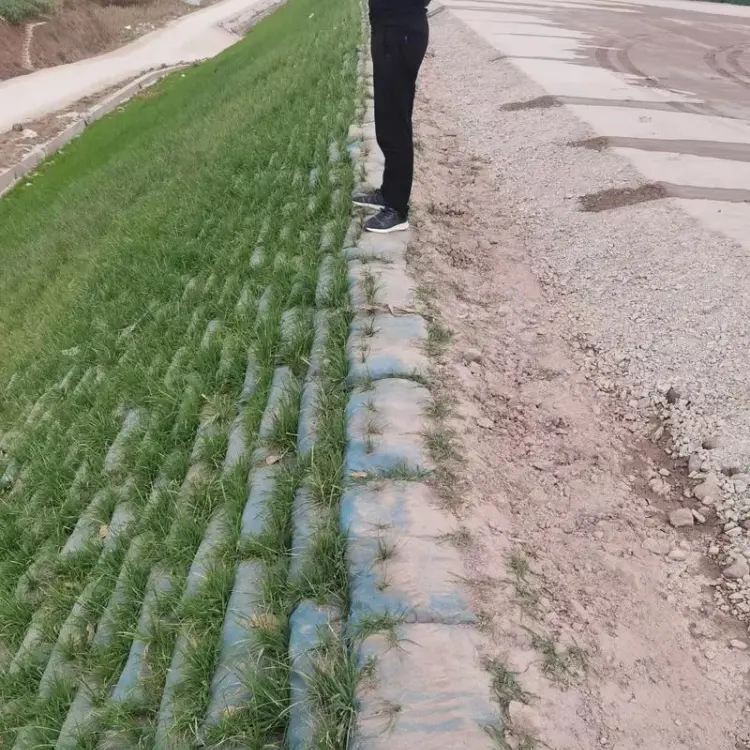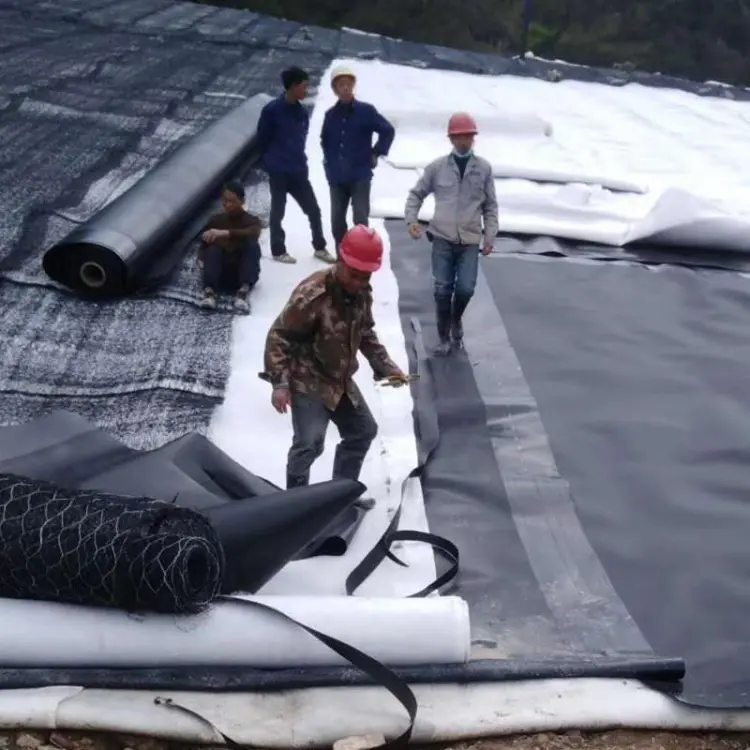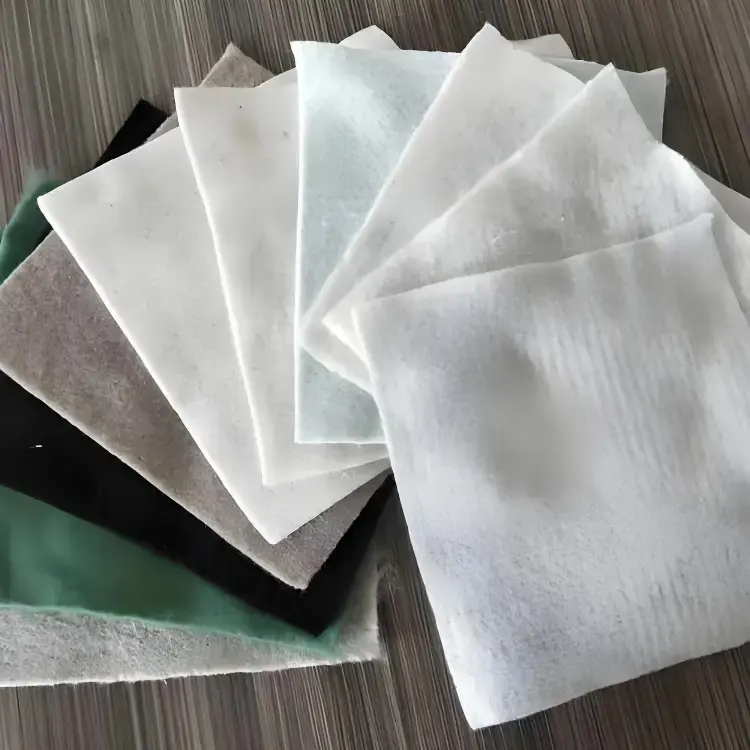As an eco-friendly solution in erosion control, vegetated retaining walls offer unparalleled benefits. Here are five reasons for their superior effectiveness:
I. Significant Ecological Restoration
Vegetation planted on or near walls restores ecosystems by stabilizing slopes and channels. Plant roots form complex networks that enhance soil erosion resistance, reducing landslides and debris flows. In Northeast China’s black soil region, tree-based gully stabilization models successfully restored vegetation and secured channels.
II. Structural Reinforcement
Stability stems from both wall design and root reinforcement. Roots act as natural anchors within reinforced soil, increasing internal/external stability. Foliage and leaf litter also protect geosynthetics from UV/thermal degradation, creating a stability-ecology synergy.
III. Landscape Enhancement
These walls conceal unattractive elements while enriching vertical landscapes. Climbing plants like Boston ivy or wisteria create floral displays that soften visual impact—as demonstrated in Dalian’s projects where they reduced structural harshness.

IV. Reduced Maintenance Costs
Designed for natural plant growth, these walls require minimal upkeep once established. Unlike rigid alternatives, they slash long-term costs while preventing erosion-related expenses.
V. Adaptive Design Flexibility
Compatible with various materials, heights, and slopes. Studies confirm design parameters (height, terracing, inclination) directly correlate with plant diversity, enabling site-specific optimization.
VI. Real-World Applications
- Geocomposite Systems: Anti-runoff erosion control blankets combine geogrids and roots to immobilize soil particles and boost shear strength.
- Northeast China Gully Control: Tree-based models achieved ecological recovery in black soil erosion zones.
Conclusion
Vegetated retaining walls deliver unmatched erosion control through ecological restoration, structural reinforcement, aesthetic value, cost efficiency, and adaptability—making them the premier choice for sustainable engineering.

